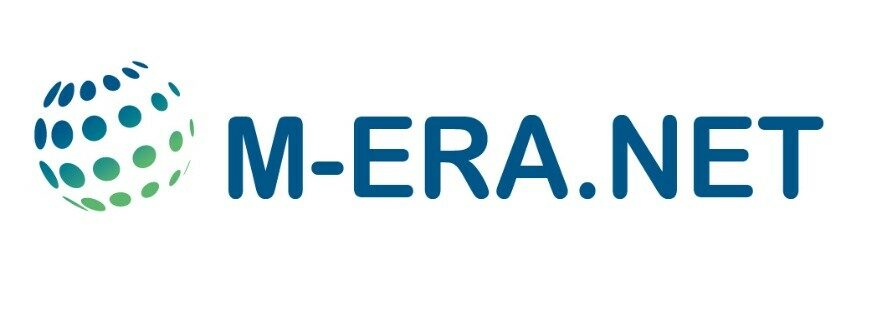HYDRAGON: From Light to Energy: Synergetic Multifunctional Materials Driving Photoelectrochemical Hydrogen Generation
Growing environmental concerns and demands for sustainable feedstocks are the driving force in research of effective photoelectrochemical (PEC) water splitting toward hydrogen production. Carbon materials are versatile earth-abundant and low-cost candidates for their use in this process both as catalysts or catalytic supports, showing an excellent conductivity depending on their size, dimensionality and interaction with other co-catalysts. One of their most relevant features is the ease of fabricating hybrid composites based on them. Their combination with semiconductor materials with appropriate band gaps can lead to a high PEC synergistic effect enabling environmentally friendly hydrogen generation. The ultimate goal of the project is the fabrication of an efficient photoelectrochemical cell device using direct sunlight irradiation for efficient hydrogen production. This is a high-risk / high-return project. Its construction will be based on a comprehensive investigation of combining functional materials with variable dimensionality for photoanode and photocathode architectures. The selected materials will be: 1) carbon materials in various shapes and dimensions (e.g., from 0D dots to 3D bulks, carbon fiber fabric-CFF), with excellent conductivity, enhanced light absorption, and enlarged specific surface area, 2) semiconducting materials with suitable band gaps (specifically, metal-organic frameworks (MOFs), metal halide perovskites (MHPs), and 2D transition metal carbides, nitrides and carbonitrides (MXenes)), as catalysts capable for efficiently absorbing the visible light; and 3) suitable co-catalysts (e.g., metal/metal oxide nanoparticles (NPs)), for enhancing the artificial photosynthesis through a variety of charge transfer processes. By the advantageous combination of these materials, we foresee to maximize the visible light-to-hydrogen conversion efficiency via increasing the specific surface areas, improving the light absorption rate and suppressing counterproductive phenomena (e.g., loss channels, electron-hole recombination).
The project targets the development of novel highly stable and reactive, and low-cost electrode composite materials and mastering the interface engineering (TRL1) for ultimately developing an effective PEC cell device (TRL4).
Project Webpage:
https://www.linkedin.com/company/hydragon-from-light-to-energy/?viewAsMember=true
https://www.facebook.com/people/Hydragon-From-Light-to-Energy/61576364586060/
Partners: IMDEA ENERGY INSTITUTE (Spain) (Coordinator); Korea Institute of Science and Technology (Republic of Korea); Jeonbuk National University (Republic of Korea); SAMWHAN CO., LTD (Republic of Korea); Istanbul Technical University (Turkey); Charles University (Czech Republic)
Funding Institution/Program: European Union & Spanish Ministry of Science, Innovation and Universities MICIU / Spanish National Agency AEI / M-ERA.NET Call 2024
Call: : M-ERA.NET Call 2024 / Spanish National Call for grants 2025 for International Collaborative Projects (PCI2025-163274)
Type of action: : Research and Innovation Action
Period: : 01/05/2025 – 30/04/2028
IMDEA Energy Institute external funding: : 225.000,00 €
Principal Investigator: Patricia Horcajada




